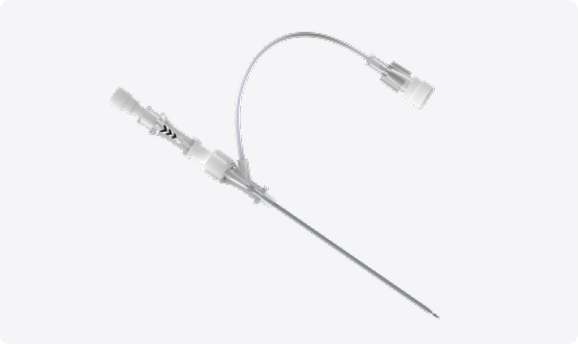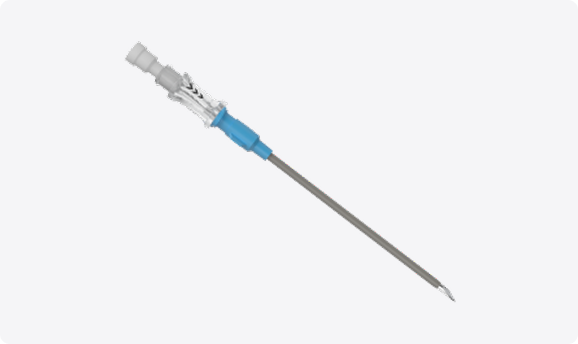Cryo PainBlocker™ Cryoablation System by Epimed
Transforming Pain Management through Advanced Cryoanalgesia
Download Brochure
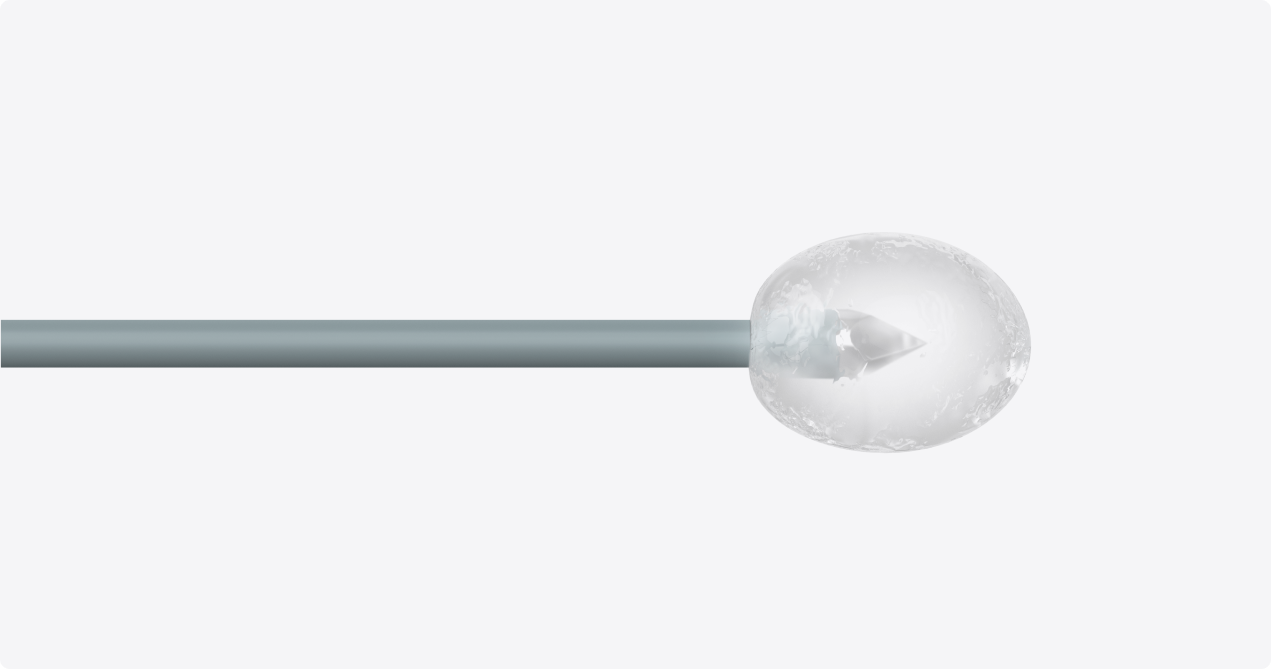
3-Step Procedure
Locate
Target Area
Place
Probe and Freeze
Withdraw
Probe
How CRYO Works
The PainBlocker™ achieves sub-zero temperatures via the Joule-Thomson effect.
Pressurized gas travels through the insulated probe and is forced through a microscopic annulus and into a lower pressure chamber. This pressurized gas expands at the tip, causing the temperature to drop to as low as -70 °C. This creates an external ice ball.

PainBlocker
Special Features
- Minimally Invasive: the procedure requires minimal anesthesia, is performed through the skin, and requires no stitches, ensuring swift procedures.
- Minimally Invasive: the procedure requires minimal anesthesia, is performed through the skin, and requires no stitches, ensuring swift procedures.
- Immediate Pain Relief: Patients experience immediate pain relief with minimal discomfort and no recovery time.
- Versatile Probes: Two options are available – the Hemi Probe with a hemispherical tip and the Trocar Probe with a sharp pyramid-shaped tip.

Advanced Probe Introducers:
Experience the Cryo PainBlocker™: The Power of Cryoanalgesia in Pain Management
Leading the Way in Cryoanalgesia: The Epimed Difference
Elevate your pain management procedures with Epimed's Cryo PainBlocker™.

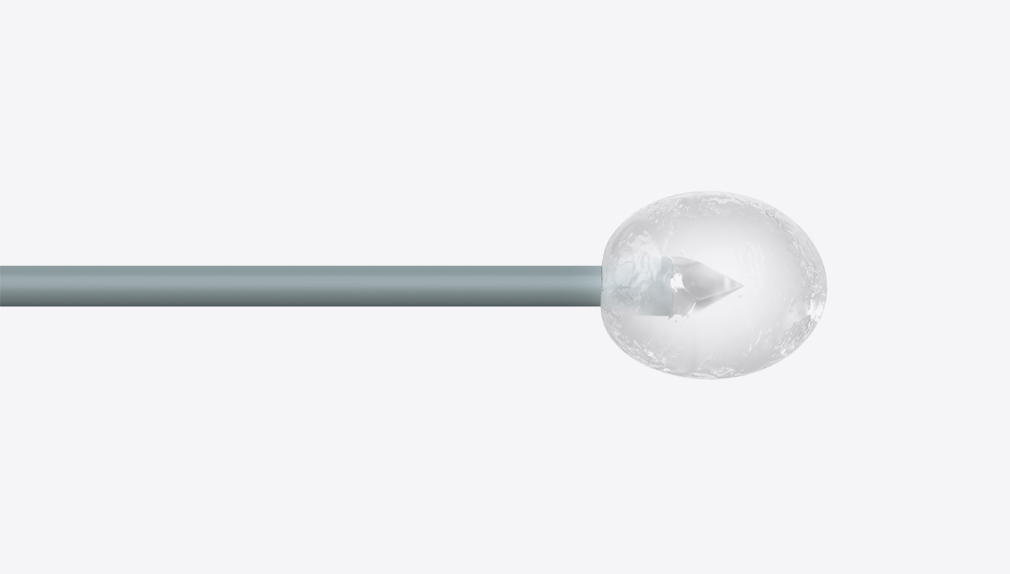
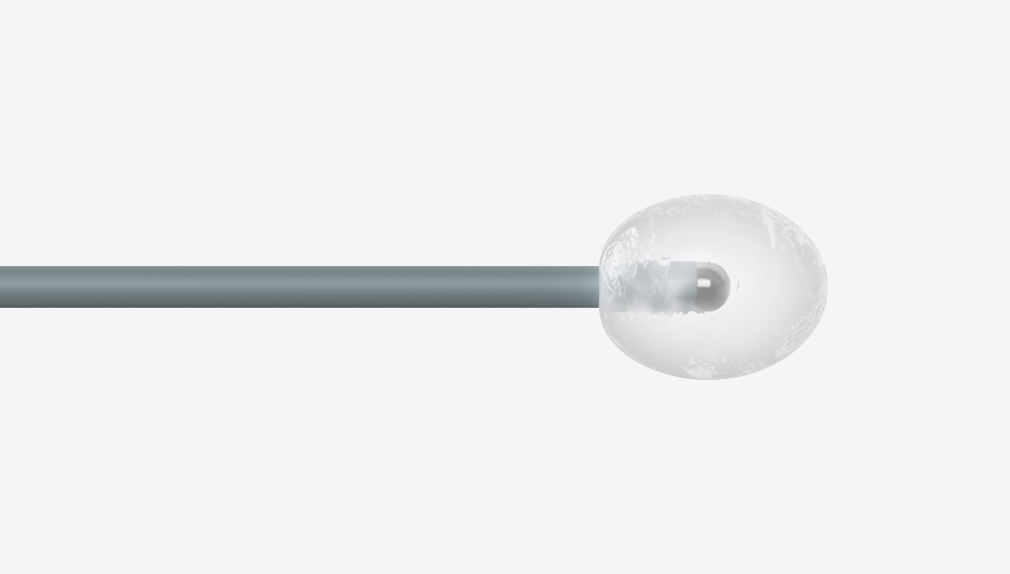
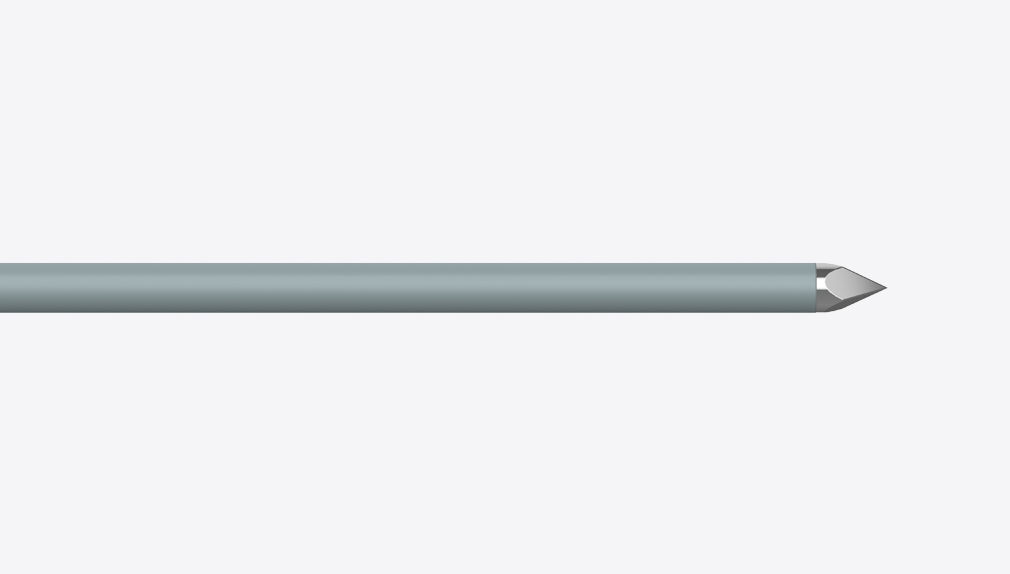
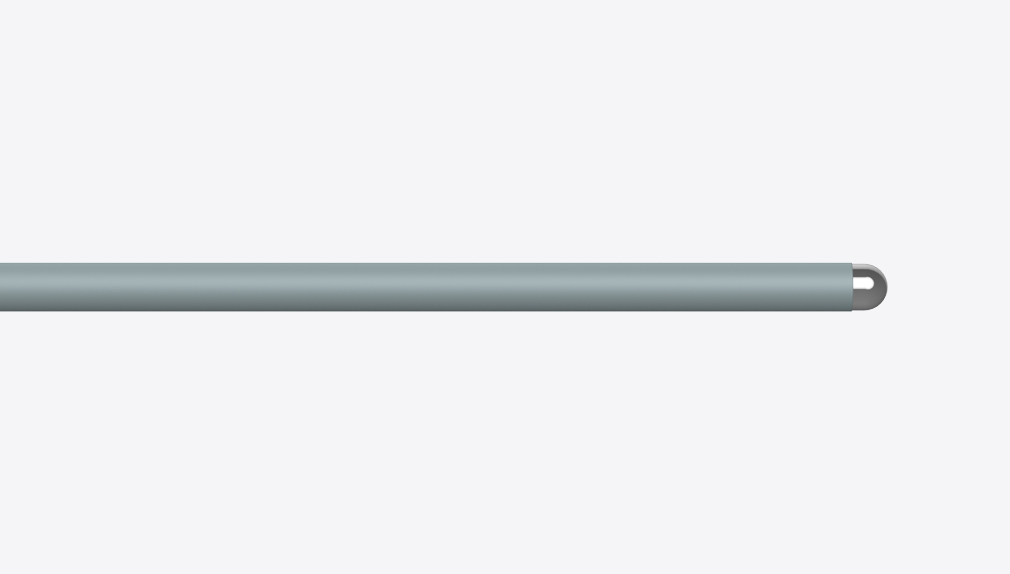
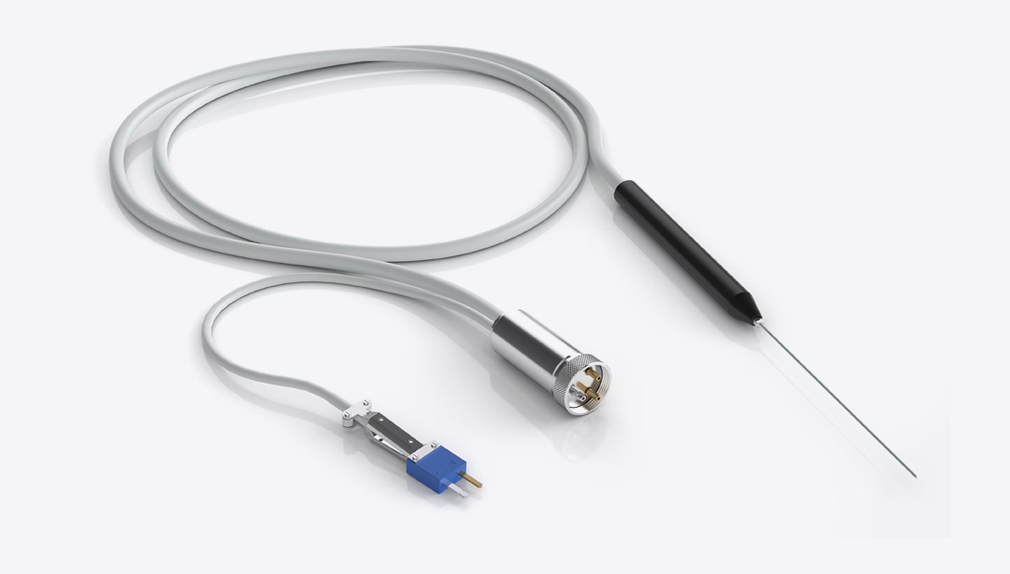
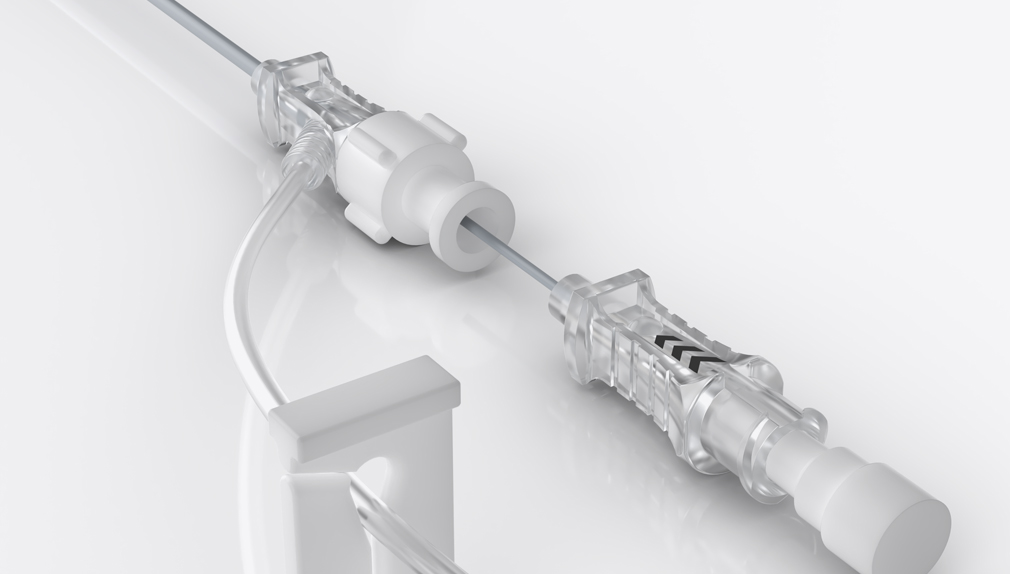
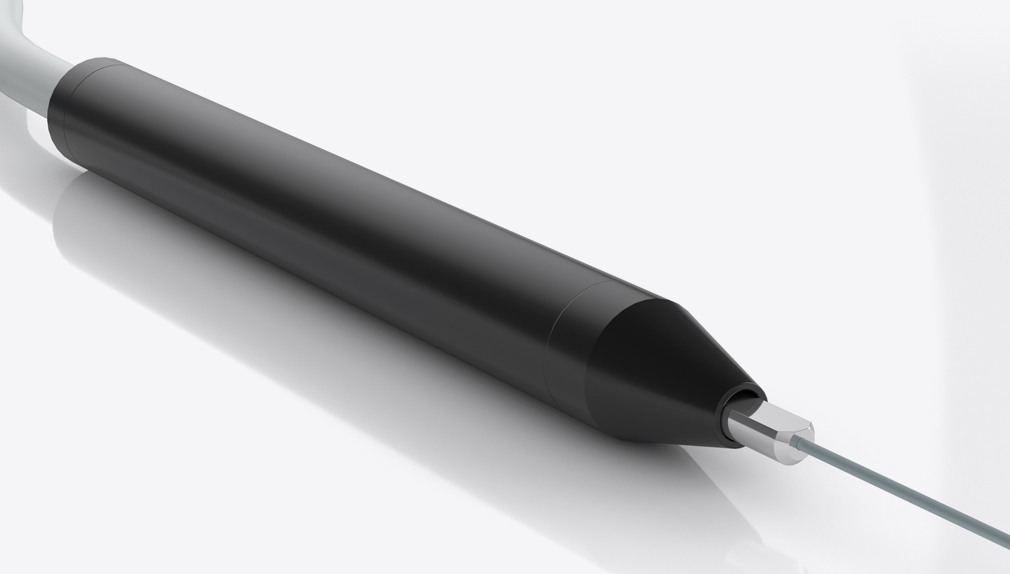

“Cryoanalgesia is a specialized technique for providing long-term pain relief when pain has been shown to be caused by sensory nerves.”
Andrea M. Trescot, MD
Related Products

Trocar Probe
The sharp, pyramid-shaped tip of the trocar probe allows for easy access.

Hemispherical Probe
The blunt tip of the hemispherical probe is designed to minimize nerve and tissue trauma.
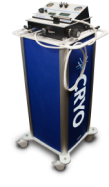
PainBlocker™ Mobile Cart
The PainBlocker™ mobile cart is equipped to hold the PainBlocker™ console, a CRYO probe, and a 20 lb N2O or CO2 cylinder
Frequently Asked Questions
The Cryo PainBlocker™ provides targeted, long-lasting, and reversible pain relief by safely freezing nerves, offering an immediate effect with a minimally invasive, non-surgical, and drug-free approach.
The PainBlockerTM is a cryoanalgesia system that uses Nitrous Oxide: N2O or Carbon Dioxide: CO2 in conjunction with the Joule-Thomson effect to create subzero temperatures.
Designed with a side port consisting of microbore tubing, this device facilitates the distribution of medication around the probe at the target site. The Trescot Introducer allows for injection or medicine while the probe is in place creating a better patient experience!
The Percutaneous Access Cannula (PAC) is specially designed to fit the Epimed PainBlocker cryoanalgesia probes. It is used for percutaneous placement of devices close to the nerve site and may be used to inject or aspirate the introduction area via the luer hub of the introducer.
- The patient is placed in the appropriate position, and the affected area is located via palpation, fluoroscopy, or ultrasound. A minimal amount of local anaesthesia is used subcutaneously
- An introducer is advanced through the skin to the target nerve. The probe is advanced through the introducer and freezing is applied in cycles, usually a series of two or three minutes with 30 seconds to defrost in between each freeze. The patient may experience a few seconds of pain at the beginning of the first cycle, but the rest of the procedure should be painless.
- The probe is withdrawn, and a small amount of anesthetic is applied to the affected area to numb any postoperative discomfort.

 Sign in
Sign in
 Create Account
Create Account

